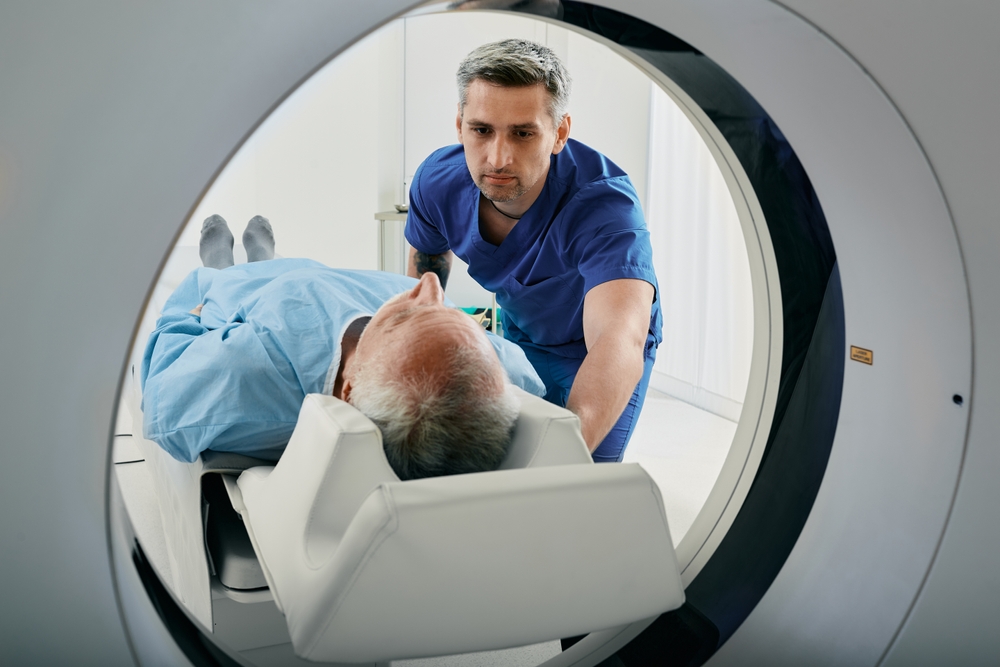More than two million NHS diagnostic imaging tests were carried out in a single month for the first time, but the number of patients waiting has still increased, according to analysis by the Society of Radiographers (SoR).
The SoR said radiographers were central to addressing NHS waiting lists and that overstretched radiographers were leaving the NHS and would continue to do so unless Government did more, including increasing salaries by a substantial amount.
Some two million diagnostic imaging tests were carried out in October 2024, according to SoR’s analysis of NHS statistics.
Despite this, the number of patients waiting for these tests rose, reaching 1.11 million in the same month, reversing a hoped for decline to below one million.
The figures for October 2024, released this month, include diagnostic imaging tests such as magnetic resonance imaging (MRI), computed tomography (CT), non-obstetric ultrasound and DEXA scan.
All four tests must be carried out by radiography professionals.
Nine out of 10 NHS patients are supported by a radiographer. From X-rays to MRI and CT scans, ultrasounds to breast screening to radiotherapy for cancer, doctors and nurses cannot do their jobs without a team of radiographers, sonographers and radiography assistants., the SoR said.
However, it added there was a chronic shortage of radiographers – the average vacancy rate for radiography is 15%, which meant some departments’ vacancy rates were much higher.
And 82% of radiographers say their department relies on regular overtime to fill its roster.
In its Budget in October, the government pledged to create capacity for 1.25 million new diagnostic tests.
Diagnostic imaging is rising inexorably
Dean Rogers, executive director of industrial strategy for the SoR, said: “The increased number of tests means that many of us – including the government – were expecting the waiting list to drop below a million this month, for the first time since January 2022.
“But it hasn’t, because demand for diagnostic imaging is rising inexorably.
“Demand is far above pre-Covid levels – and even then the service was recognised as overstretched, but this is unsustainable in the face of chronic workforce shortages.
“An SoR survey of more than 1,300 members found that 65% had experienced burnout directly related to their work. And 28% said they had taken time off work because of burnout.
“Radiographers are leaving the NHS, and they will continue to leave unless something changes.
More radiographers needed
Rogers said that more radiographers were needed to bring down waiting lists, which meant that they needed a real increase in wages.
He said: “Our members are around 24% behind where they should be if their pay had risen in line with the average across the rest of the UK economy since 2008.
“But the government’s recommended pay increase is a derisory 2.8%.
“We appreciate that the government is developing a 10-year plan for the NHS – but we can’t wait a decade to see any change here.
“If radiographers continue to burn out and leave the NHS, then waiting lists will only grow longer as demand continues to rise.
“Our members deserve better. Our patients deserve better.”
